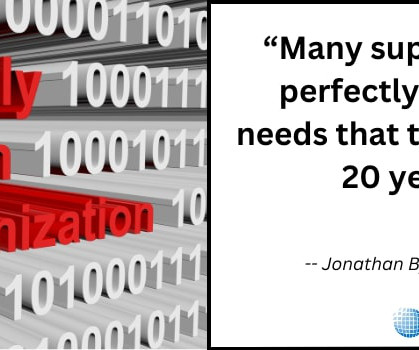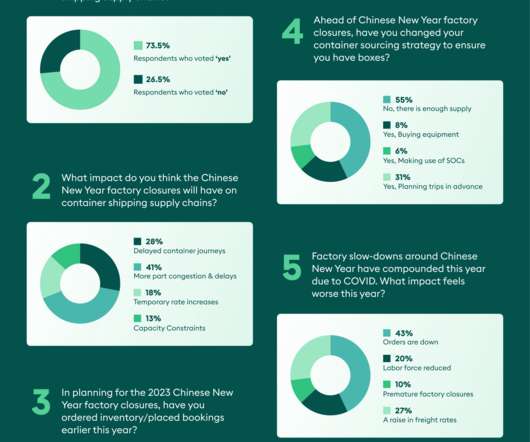The Exploding Use of Robotics in Logistics and Manufacturing
GlobalTranz
JULY 6, 2015
The world has changed from the oil days of machine assisted assembly lines and manufacturing processes as more robots have entered the workforce. Robotics is not just a way to help companies, but many manufacturers have recognized how robots can improve their supply chain processes, benefit the company, and drive their future success.












































Let's personalize your content